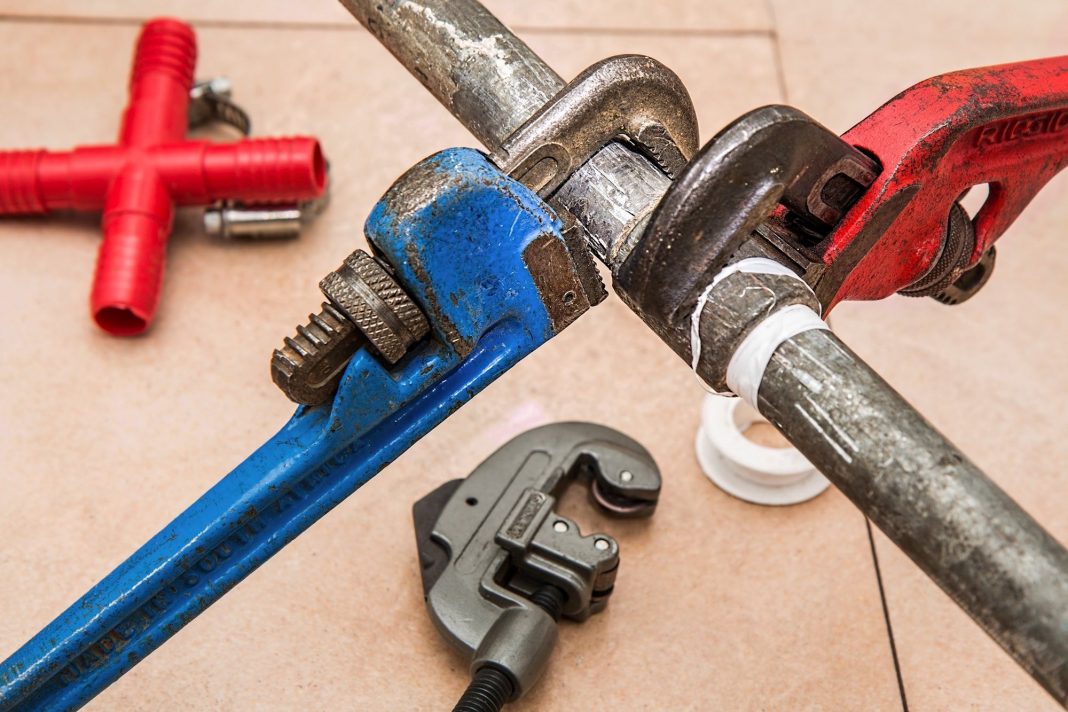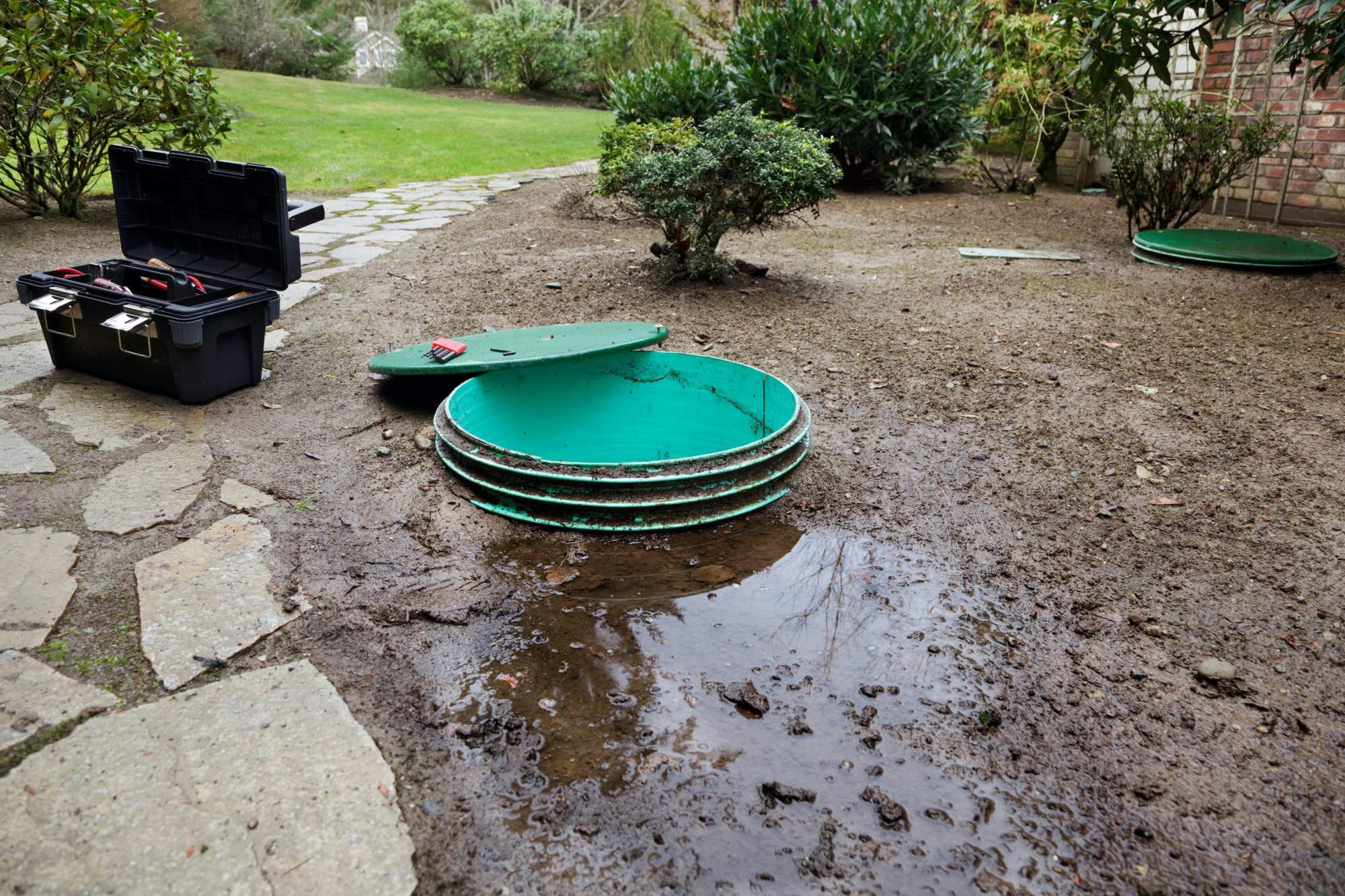Most homeowners have experienced the frustration of dealing with drainage problems in their homes. From a flooded basement to standing water in the yard, these issues can not only be annoying but also cause significant damage to your property. It’s essential to understand how proper drainage plays a crucial role in maintaining the structural integrity of your home and preventing costly repairs.
Causes of Home Drainage Problems
Before we dive into how to manage drainage problems, it’s essential to understand the possible causes. Here are some common reasons for home drainage issues:
1. Poor Grading
One of the most common causes of drainage problems is poor grading. This refers to the slope or angle at which your yard is designed. If your yard slopes towards your home instead of away from it, water will collect near the foundation and potentially seep into your basement.
2. Clogged Gutters and Downspouts
Gutters and downspouts play a vital role in directing water away from your home. However, if they become clogged with leaves, debris, or ice dams, they can’t function correctly. This can lead to water overflowing and pouring near the foundation of your home.
3. Improperly Installed or Damaged Drainage Systems
If your home has a drainage system in place, it’s crucial to ensure that it was properly installed and is in good condition. Damaged or poorly installed drainage pipes can lead to leaks, blockages, and other issues.
How to Manage Home Drainage Problems
Now that you understand some of the root causes of home drainage problems let’s discuss how to manage them effectively.
1. Properly Maintain Gutters and Downspouts
Regularly cleaning gutters and downspouts is critical in preventing drainage problems. Make sure to remove any debris that could clog them, such as leaves, twigs, or dirt. You should also check for any cracks or damage and repair or replace them as needed.
2. Improve Grading
If your yard has poor grading, you can make some improvements to redirect water away from your home. This could involve regrading the yard or installing a French drain system to help with excess water.
3. Install a Sump Pump
A sump pump is an excellent investment for homes with chronic drainage issues, especially in the basement areas. It works by removing excess water that collects in a sump basin and pumps it away from the home’s foundation.
4. Address Any Plumbing Issues
Sometimes, home drainage problems can be caused by plumbing issues, such as clogged or damaged pipes. It’s crucial to address these issues promptly, as they can lead to more severe problems down the line.
Preventing Future Drainage Problems
Aside from managing the current drainage issues in your home, it’s also essential to take steps to prevent them from occurring in the future. Here are some tips:
● Regularly clean gutters and downspouts
● Check for any cracks or damage in pipes and repair them promptly
● Maintain proper grading around your home’s foundation
● Consider installing a drainage system if needed
When to Call a Professional Plumber
While some home drainage problems can be managed on your own, others may require the expertise of a professional plumber. It’s best to call in a plumber if you’re unsure about the cause of the issue or if it involves complex plumbing systems that you’re not familiar with.
If you live in Layton, Utah, and are experiencing home drainage problems, it’s recommended to contact a local plumber to address the issue promptly. They will have the knowledge and experience to handle any plumbing-related drainage issues effectively.
Remember, proper drainage is essential for maintaining your home’s structural integrity and preventing costly repairs. By understanding the causes of home drainage problems and taking preventative measures, you can save yourself time, money, and stress in the long run.








